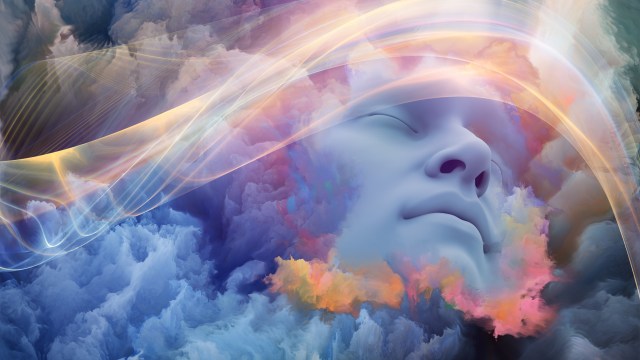Solving the mystery of nebulae in astronomy
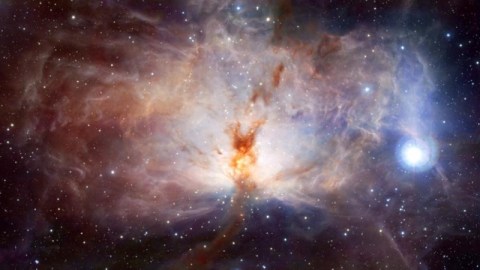
From a “faint smudge” to the most intricate objects in our galaxy, we’ve come an incredibly long way.
“From our home on the Earth, we look out into the distances … to imagine the sort of world into which we are born… But with increasing distance our knowledge fades, and fades rapidly, until at the last dim horizon we search among ghostly errors of observations for landmarks that are scarcely more substantial. The search will continue. The urge is older than history. It is not satisfied and it will not be suppressed.” –Edwin Hubble
From ancient times, humanity realized there’s more to the night sky than stars.
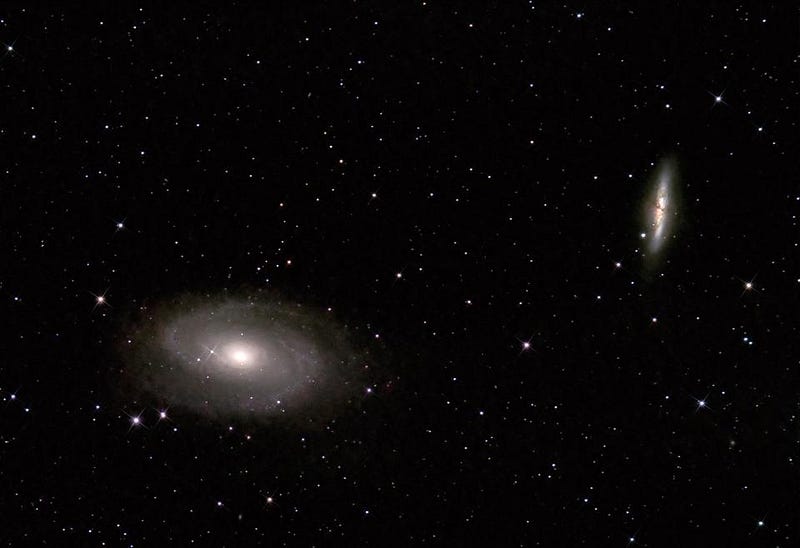
Stellar assemblies, like clusters and galaxies, are plentiful, but aren’t real nebulae.
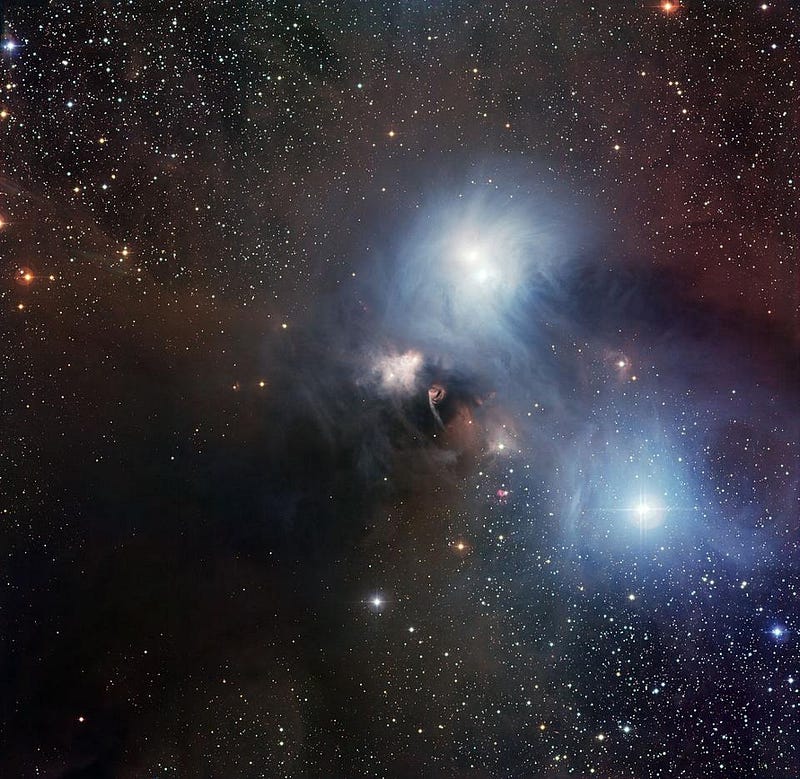
A true nebulae, is a diffuse, cloud-like object, resulting from gas within a galaxy.
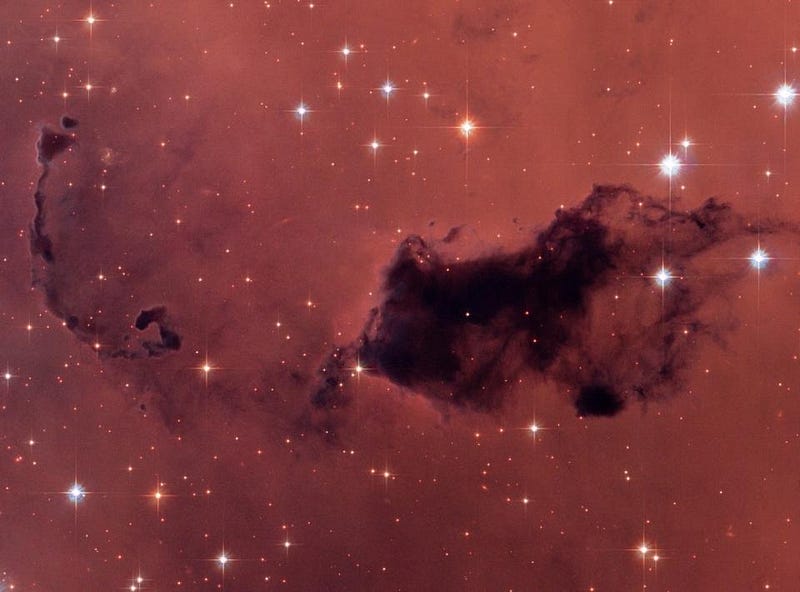
Dark nebulae — dusty, dense clouds of material — block incoming background light.

Many will form stars in the future, with their gas not having collapsed enough yet.
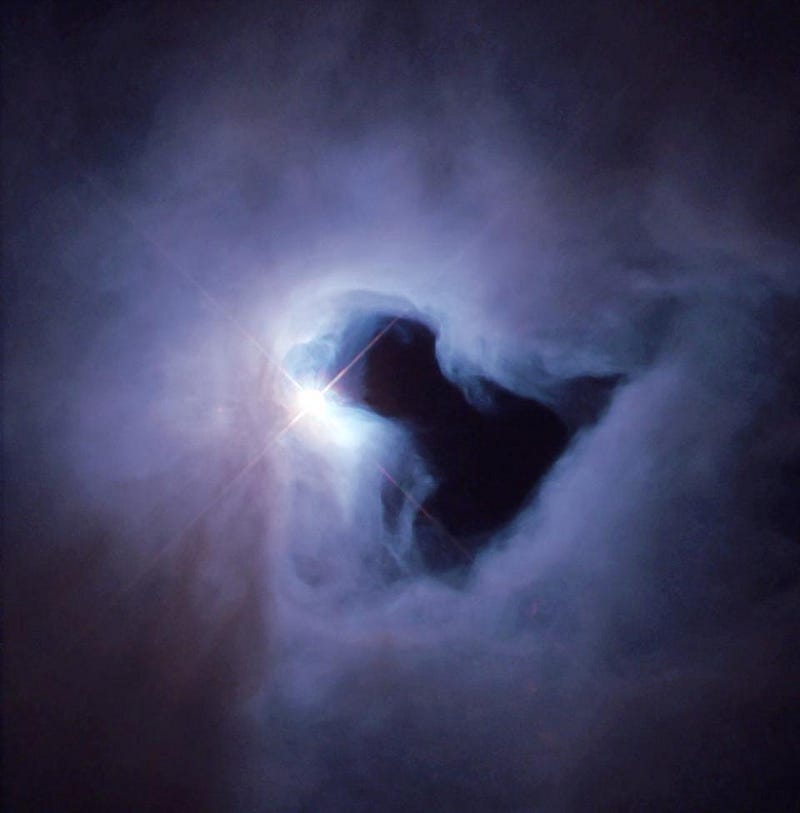
Some nebulae appear blue, reflecting the light from bright, newly-formed nearby stars.
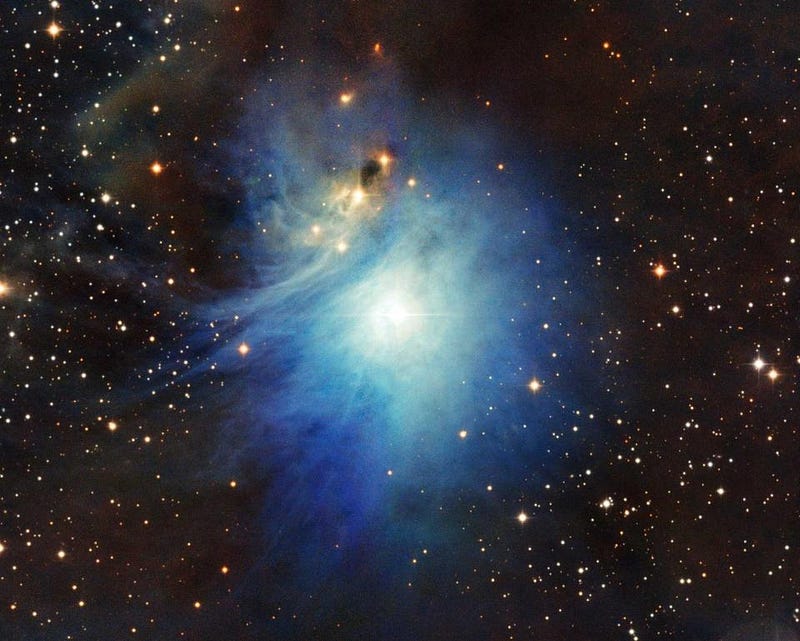
These “reflection nebulae” are often dominated by just a single luminous, young star.
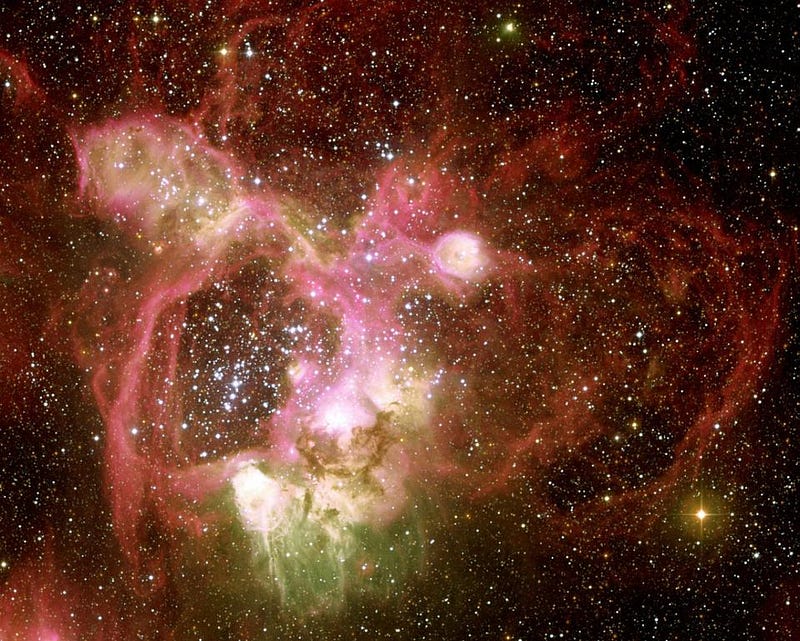
Other nebulae appear red, due to ionized electrons falling back down onto ionized hydrogen atoms.

These “emission nebulae” surround star-forming regions, exhibiting spectral lines peaking at 656 nanometers.

Other causes of nebulae are gaseous outflows from massive stars, like Herbig-Haro objects.

Supernovae create their own nebulae from the remnants of their catastrophic explosions.
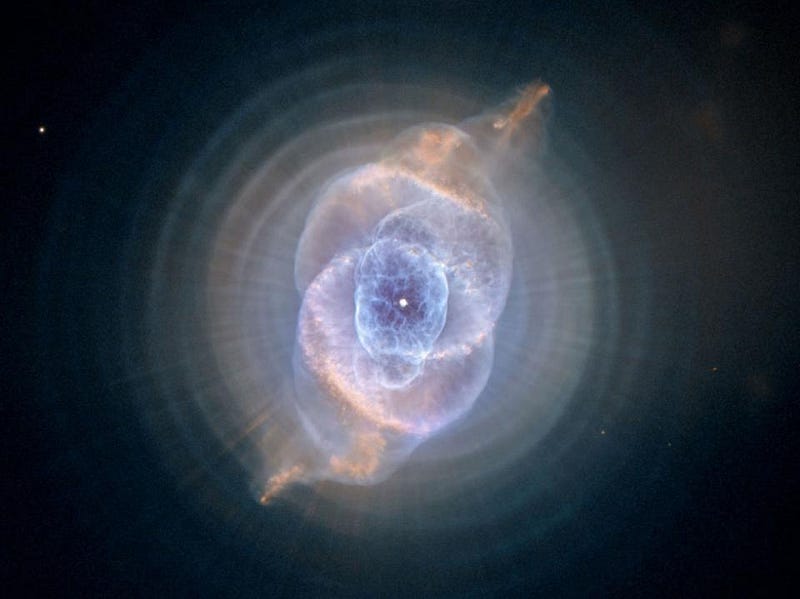
Finally, Sun-like stars run out of fuel, expelling their outer layers into planetary nebulae.
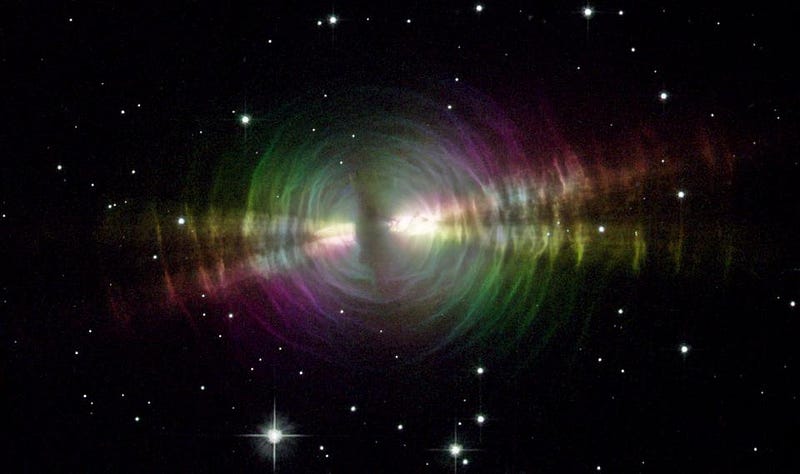
Previously, outflowing matter from these stars create pre-planetary nebulae.
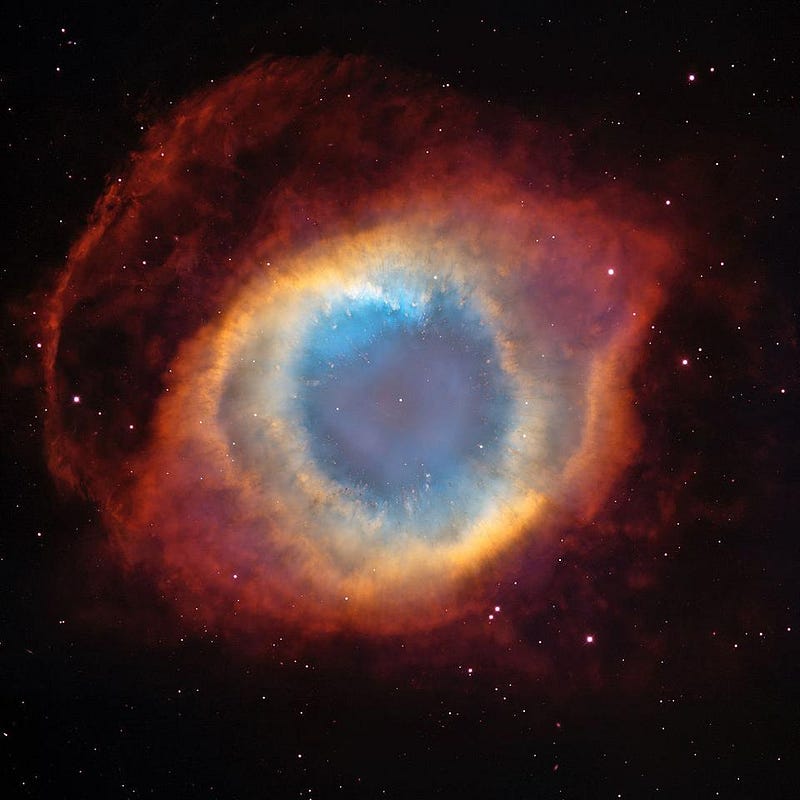
It’s only when the central star reaches 30,000 K, ionizing the surrounding gas, that a true planetary nebula occurs.
Mostly Mute Monday tells the story of a single astronomical phenomenon or object in visuals, images and video in no more than 200 words.
This post first appeared at Forbes, and is brought to you ad-free by our Patreon supporters. Comment on our forum, & buy our first book: Beyond The Galaxy!





